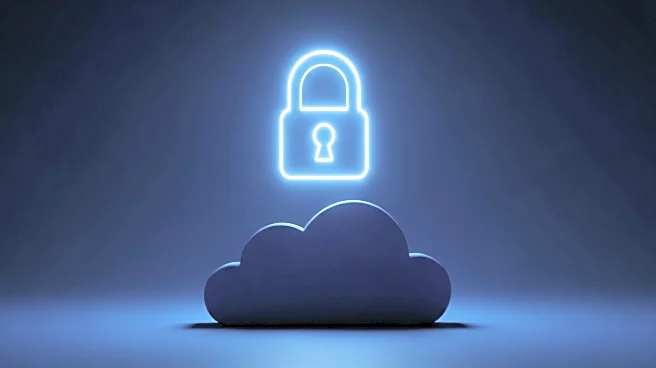What's Happening?
The Cloud Security Alliance has introduced the SaaS Security Capability Framework (SSCF), marking the first standardized set of security controls for software as a service (SaaS) applications. This framework aims to address gaps in third-party risk management by defining the minimum technical security capabilities that SaaS applications should provide. The SSCF is designed to enhance the security of cloud-based applications, particularly those within the customer's scope under the Shared Security Responsibility Model. The launch follows recent attacks targeting Salesforce SaaS applications, highlighting industry concerns about the security of cloud-based services.
Why It's Important?
The introduction of the SSCF is a critical step in strengthening the security of SaaS applications, which are increasingly integral to business operations. By establishing a standardized set of security controls, the framework aims to reduce vulnerabilities and improve risk management for organizations relying on cloud services. This is particularly important as cyber threats targeting cloud applications continue to rise, posing significant risks to data integrity and business continuity. The framework's emphasis on defining technical security capabilities can help organizations better protect their assets and ensure compliance with industry standards.
What's Next?
Organizations using SaaS applications are expected to adopt the SSCF to enhance their security measures and mitigate risks associated with cloud services. The framework may lead to increased collaboration between SaaS providers and customers to ensure security requirements are met. As the framework gains traction, it could influence the development of additional security standards for other types of cloud services. Industry stakeholders may also focus on educating businesses about the importance of implementing robust security controls to protect against evolving cyber threats.










